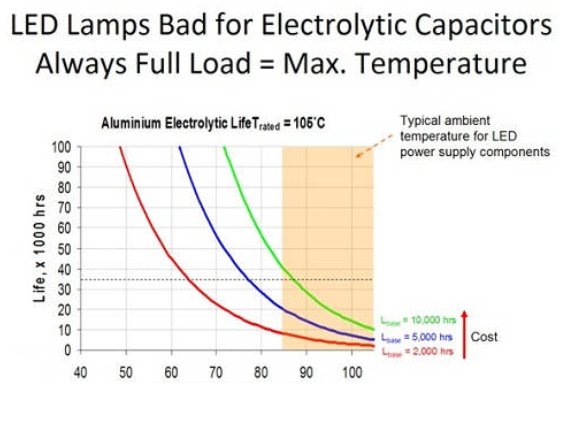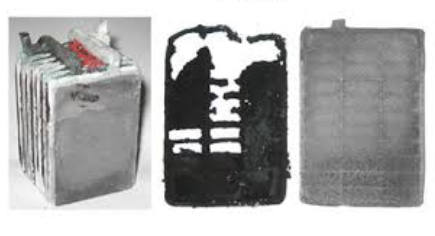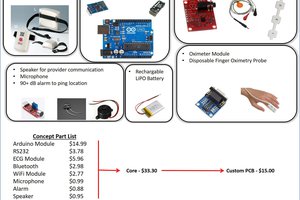If I build an electronic device, how long can I expect it to function?
Influencing factors of an electronic design life would be:
- Temperature
- Humidity
- Light and UV rays
- EMC pulses exposure
- Semiconductor diffusion
- General lifetime of the passive components ( capacitors, rechargeable batteries, etc )
...content will be added for these separate topics in the instructions tab...
If I buy an electronic device, how muck will it live?
Keeping in mind the factors I mentioned above, I made a few videos discussing these issues:
Moreover, here is what happens with exposing your device to high humidity or liquid splash:
Looking at these videos, it beceames clear to everione that every device that you buy from the market these days has a limited lifetime. The estimated lifetime of a laptop or a mobile phone that is being used an average of 5 h/day, I would say should nout exceed around 4-5 years in ideal conditions. Eventually, the water in the air and the repetead heating of the components, will put an end to it's life. It is also true that these degrading factors, can act faster in some cases. This is why, even for good devices and for good designs, you don't get a warranty period taht is greater than 3 years.
Of course, there are exceptions to this rule. I know somebody who had a ceapish laptop that lasted for 7 years. The battery died as expected after about 3 years, but the laptop was still functional and the respective person was using it with a plugged in adapter. When I investigated this a little bit, I realised that the respective person, was using the laptop exclusively for studies and it was rarely watching movies. This meant that the motherboard was exposed to less thermical stress. Another factor was that person was living in a very dry environment that was rarely reaching the 50% RH limit. Nevertheless. the machine died after 7 years of usage even in these perfect conditions. So nothing is forever.
What are the tips for a longer life?
Ok. Let’s say you bought yourself an electronic device. A mobile phone, a tablet, a new computer, a printer: anything. What would be the tips for a longer life or what can you do to preserve the product in a usable state for as long as possible. Well, here are some tips:
- -Keep the electronic device away from heat or direct sunlight exposure. I saw some people placing their mobile phone on the radiator when they were charging it just because the power point was there and the charger’s cable was too short. This can definitely cause the li-ion battery to swell. And if it doesn’t swell up, then this definitely shortens the life of the battery. Never charge an electronic device while it is exposed to direct sunlight. This creates the same effect. So next time you are charging your tablet inside your car, don’t put it on the dash. Direct sunlight exposure can damage screens of any type. So this is another factor to be kept in mind.
- -Keep it in a dry place. Although low humidity environment is not good for your lungs, this is very beneficial for any electronic device. This is why server rooms and HW chambers are having dehumidifiers and air conditioning installations. Maybe you cannot change the fact that you might be living on the shore of the ocean, but you can change something by choosing to operate your laptop inside the house and not on the veranda in a cool misty evening.
- -Avoid metallic cases. Although the steel laptop cases, the metallic mobile phone ornaments and the aluminium alloy back lids are cool, you have to know that they attract condensing water in time. You keep the mobile phone in your pocket at 30⁰C and when somebody calls you, you take it out and expose it to the -2⁰C winter air walking down the street....
 Marius Taciuc
Marius Taciuc



 Brad Spry
Brad Spry
 finch
finch
 thomas.fogarty
thomas.fogarty
 Joseph Primmer
Joseph Primmer